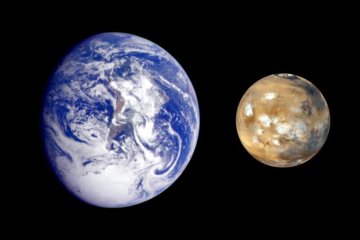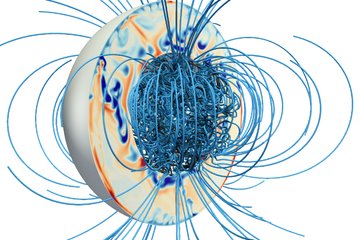All genres
1.
Journal Article
Cometary dust analogues for physics experiments. Monthly Notices of the Royal Astronomical Society 515, pp. 3420 - 3438 (2022)
2.
Journal Article
Thermal properties of cometary ices and sublimation residua including organics. Planetary and Space Science 44, pp. 675 - 689 (1996)
3.
Journal Article
Line heat-source measurements of the thermal conductivity of porous H2O ice, CO2 ice and mineral powders under space conditions. Planetary and Space Science 44, pp. 691 - 704 (1996)











